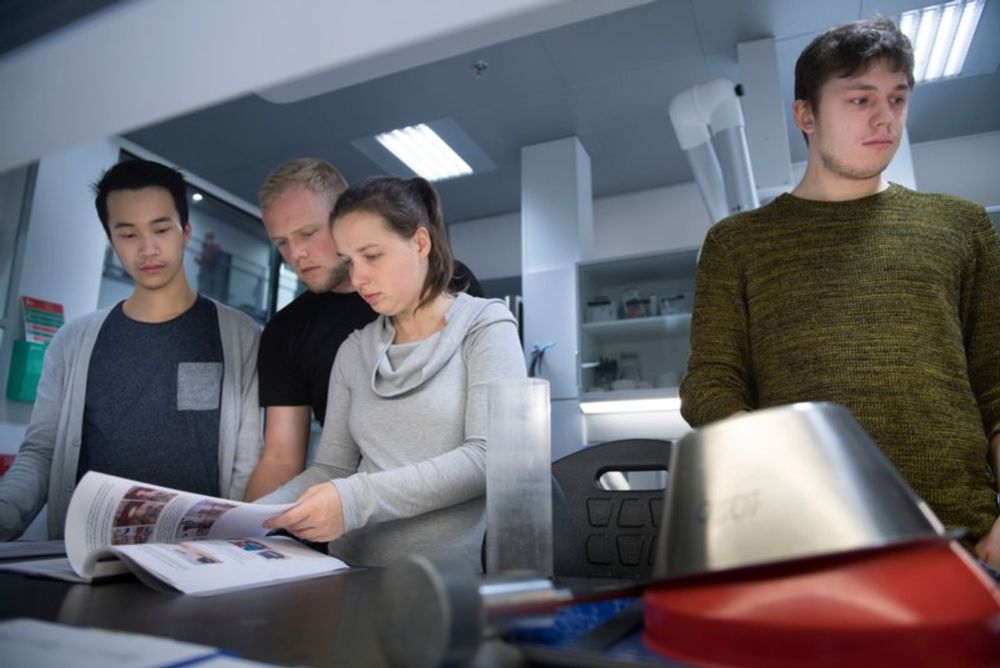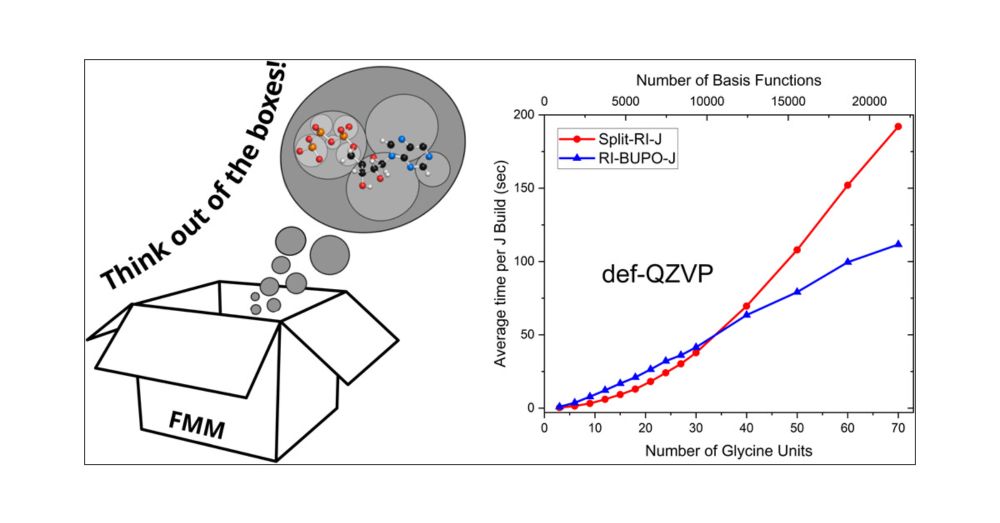
The project involves computational prediction of crystal structures, their growth, and their properties for organic minerals on Titan (moon of Saturn).
staff.curtin.edu.au/job-vacancie...
The project involves computational prediction of crystal structures, their growth, and their properties for organic minerals on Titan (moon of Saturn).
staff.curtin.edu.au/job-vacancie...
The project involves computational prediction of crystal structures, their growth, and their properties for organic minerals on Titan (moon of Saturn).
staff.curtin.edu.au/job-vacancie...
The project involves computational prediction of crystal structures, their growth, and their properties for organic minerals on Titan (moon of Saturn).
staff.curtin.edu.au/job-vacancie...


A Density Functional Theory and Semiempirical Framework for Trajectory Surface Hopping on Extended Systems | Journal of Chemical Theory and Computation pubs.acs.org/doi/full/10....

A Density Functional Theory and Semiempirical Framework for Trajectory Surface Hopping on Extended Systems | Journal of Chemical Theory and Computation pubs.acs.org/doi/full/10....




www.nature.com/articles/s41...

www.nature.com/articles/s41...
@uclchemistry.bsky.social
Join our exciting research to develop novel wavefunction theory for open-shell ground and excited states in molecules. Find out more about our group at www.hughburton.com
Please share widely!
www.jobs.ac.uk/job/DOE518/r...

@uclchemistry.bsky.social
Join our exciting research to develop novel wavefunction theory for open-shell ground and excited states in molecules. Find out more about our group at www.hughburton.com
Please share widely!
www.jobs.ac.uk/job/DOE518/r...



got kicked out. Recognise the points about failing to adapt. After 37 years, this can still influence my outlook, not always productively. #chemsky
As part of my Villum Young Investigator project "Entropy in materials design: Accelerated discovery of disordered solid electrolytes", I am looking for PhD student to join my group.
Please share with anyone interested!
#compchem #chemsky


pubs.acs.org/doi/10.1021/...

pubs.acs.org/doi/10.1021/...
Two of the most brilliant people out there in #compchem within a great group environment. It's a one-of-a-kind opportunity here!
I have seen some data, g-xTB will be a blast.

Two of the most brilliant people out there in #compchem within a great group environment. It's a one-of-a-kind opportunity here!
I have seen some data, g-xTB will be a blast.

